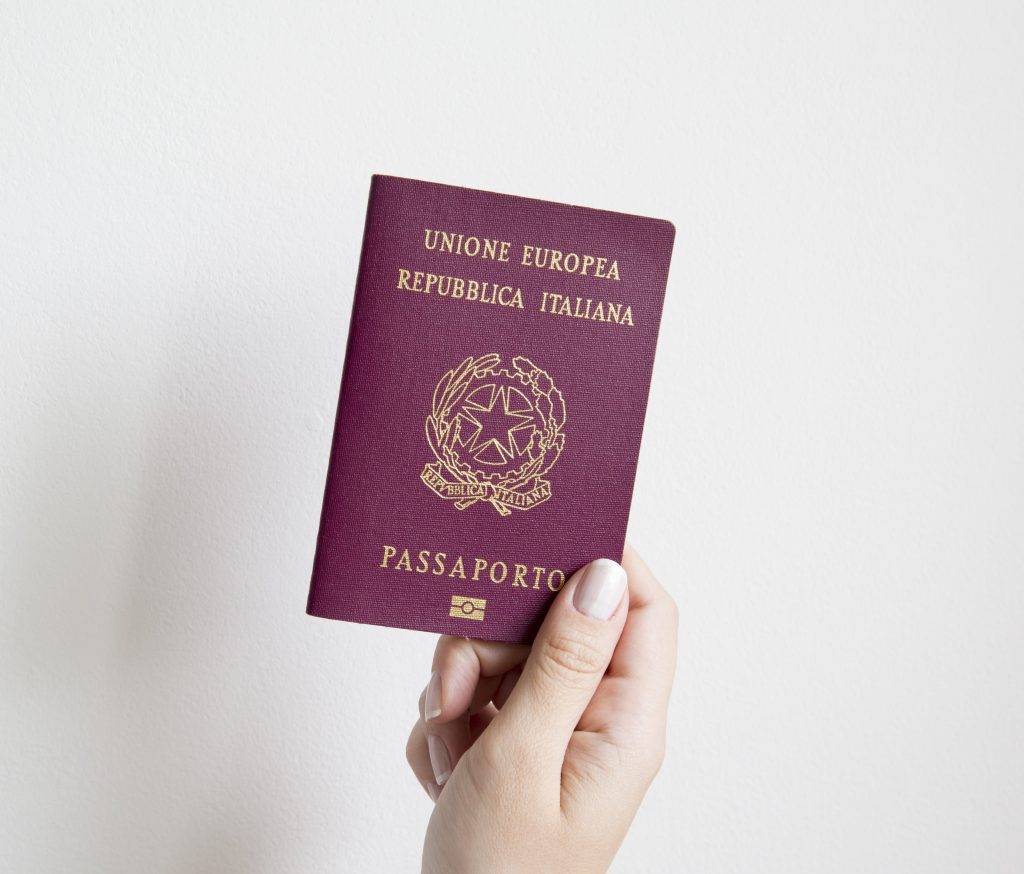As second passports are trending these days, people look for easy ways to access citizenship of countries of choice. Italy has emerged as one of the choicest destinations for Americans looking to start a new life abroad. The country is a great one to live in, but the real reason for its popularity is the diverse access routes you can explore. You can get in through descent, marriage, or naturalization, or find a path as an investor.
An Italian bloodline gives you a head start because citizenship by descent is the fastest and easiest route. If you want more details, here you can find everything about the process and formalities. We have a short guide for you to understand how things work for aspirants with an Italian lineage.
Find your eligibility for Jure Sanguinis
You can inherit a right to citizenship by descent by demonstrating that it was transmitted from your Italian-born ancestors to you. The ancestors could be your parents, grandparents, or even great-grandparents. You can even claim citizenship if adopted by an Italian parent rather than being their biological offspring. But you have to prove with valid documentary evidence that your ancestor was an Italian citizen after the country’s unification in 1861. Additionally, they must not have lost their Italian citizenship by naturalization elsewhere at that point.
Understand if you are eligible for the 1948 Rule
While the eligibility requirements for citizenship by descent sound pretty straightforward, they can get complicated if you have a female lineage. The country did not empower women to pass on citizenship rights to their children before 1948. If you have a female relative who gave birth to her child before 1st January 1948, you are an exception to the eligibility criteria. But you can still claim the right by the 1948 Rule. The Italian government came up with the law as a solution to the discriminatory stance of the country’s immigration norms.
Learn the difference between the processes
Once you assess your eligibility for Italian citizenship by descent, you will know the option that applies in your case. Both processes differ, though the documentary requirements are almost the same. A conventional Jure Sanguinis case involves an administrative process, where you submit your applications and documents with your local Italian consulate. The 1948 cases entail a judicial process, where you have to apply through the court. You have to submit the required documents in court and have a lawyer representing you. The 1948 Rule sounds daunting as it requires you to take a legal route. But it can be easy to complete, provided you follow the rules and have your documents in place.
Acquiring Italian citizenship by descent is easier than you think, but you need to get the right start. Everything boils down to understanding your eligibility because it helps you pick the right option. You must ensure that you are eligible for the administrative route so that you do not end up wasting time only to find you should have applied through the court. Get your facts right, and wrap up the process quickly.

